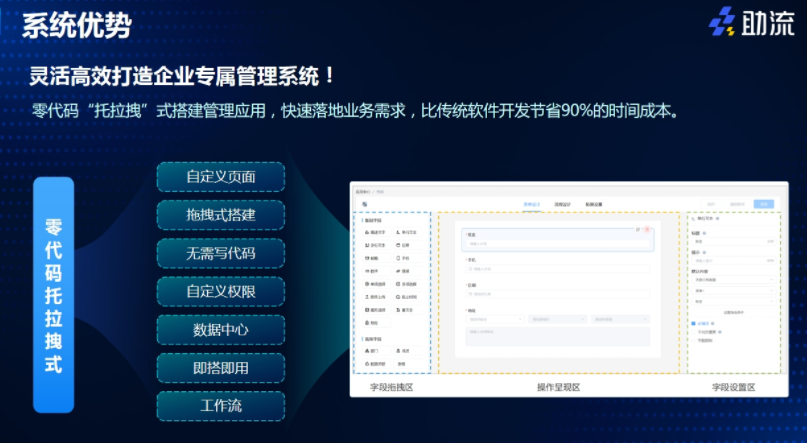在建筑行业中,大型企业管理系统的投资是一个重要且复杂的决策过程。这些系统旨在提升运营效率、降低成本、增强数据分析和决策支持能力。然而,为了确保投资的有效性,评估这些管理系统的投资回报率(ROI)至关重要。本文将探讨如何评估建筑大型企业管理系统的投资回报率,并介绍几种关键的评估方法。
投资回报率是指投资项目所带来的收益与所投入成本之间的比例关系,通常以百分比表示。计算公式为:ROI = (总收益 - 投资成本) / 投资成本 × 100%。在建筑企业管理系统的投资中,总收益可能包括运营效率提升带来的成本节约、决策效率提高带来的额外收入、以及企业整体竞争力的增强等。
净利润率是指净利润与销售收入之间的比率,它反映了企业每一单位销售收入所获得的净利润。在评估管理系统的投资回报率时,可以通过对比系统投入前后的净利润率变化来评估系统的经济效益。如果净利润率显著提高,则说明管理系统的投资带来了显著的盈利增长。
总资产回报率是指净利润与总资产之间的比率,它反映了企业利用总资产实现净利润的能力。通过计算系统投入前后的总资产回报率变化,可以评估管理系统对企业资产利用效率的影响。如果总资产回报率提升,说明管理系统的投资有效提升了企业的资产使用效率。
股东权益回报率是指净利润与股东权益之间的比率,它反映了股东对企业投资的回报情况。在评估管理系统的投资回报率时,关注股东权益回报率的变化可以了解股东对投资项目的满意度。如果股东权益回报率显著提升,说明管理系统的投资为股东带来了更高的回报。
净现值是评估项目投资回报的重要指标之一。通过将项目未来的现金流量按照一定的折现率计算后,减去项目的初始投资成本,得到的结果即为净现值。如果净现值大于零,则说明项目的投资回报率高于折现率,具有投资价值。在建筑企业管理系统的投资中,可以将系统带来的未来成本节约和额外收入作为现金流入,进行净现值分析。
内部收益率是指使项目现金流入和现金流出相等的收益率。在建筑企业管理系统的投资中,内部收益率是评估投资回报率的常用方法。当内部收益率高于企业的预期收益率时,说明管理系统的投资具有投资潜力。
投资回收期是指从项目投资开始到项目收回全部投资成本并获得累计净现金流入相等的时间。对于建筑企业管理系统的投资来说,较短的投资回收期意味着更快的回报速度,从而降低了投资者的风险。
在评估建筑大型企业管理系统的投资回报率时,需要综合考虑以上各种方法,并进行综合分析和评估。此外,还需要考虑系统的实施难度、员工培训成本、技术兼容性等因素。通过对这些因素的全面评估,企业可以制定出科学合理的投资策略,确保管理系统的投资能够带来预期的经济效益。
评估建筑大型企业管理系统的投资回报率是一个复杂而重要的过程。通过运用净利润率、总资产回报率、股东权益回报率、净现值、内部收益率和投资回收期等多种评估方法,企业可以全面了解管理系统的经济效益和投资潜力。同时,还需要结合企业自身的实际情况和市场环境,制定出切实可行的投资策略,以实现投资收益的最大化。

相关推荐:
下一篇:建筑工地材料管理方法
2025-12-11
2025-12-11
2025-12-11
2025-12-11
2025-12-10
2025-12-10
2025-12-10
2025-12-10
2025-12-10
2025-12-10